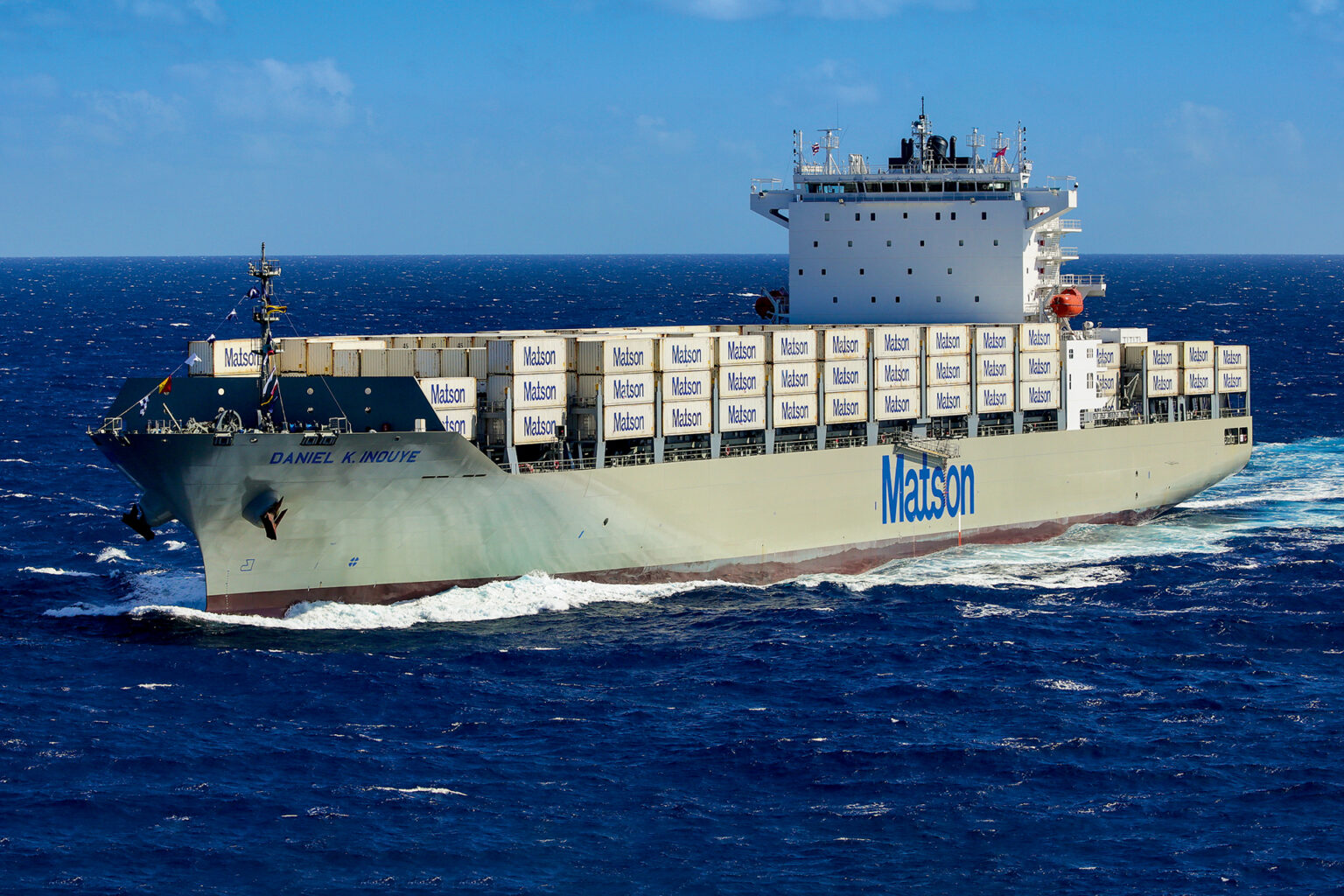According to new emission targets set last year by the International Maritime Organization, allowable greenhouse gas emissions from global sea trade carriers, including Matson Inc. and Pasha Hawaii, must be reduced.
Carriers that fail to meet the targets will face penalties that significantly increase the cost of doing business. In response, Matson, the state’s largest carrier, and Pasha Hawaii are moving to cut vessel emissions while also expanding their fleets.
MATSON
The Daniel K. Inouye (DKI), Matson’s largest Aloha Class container ship, was modified in 2023 for liquefied natural gas (LNG).
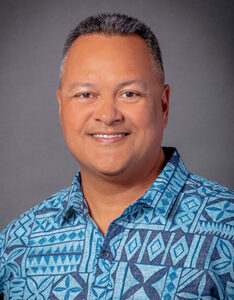
“LNG is a cleaner alternative to conventional marine fuel, emitting lower nitrogen oxides, almost no sulfur oxides and significantly less carbon dioxide,” says Len Isotoff, senior vice president of Matson’s Pacific division and executive vice president of Matson Terminals.
The DKI returned to Hawai‘i service nearly a year ago and will soon be joined by Matson’s Manukai. Like the DKI, Manukai was modified to operate using both conventional marine fuel and LNG.
The Manukai resumed service in mid-August with sailings between China and the western U.S. It will soon return to Hawai‘i/China/Long Beach Express service as well.
“[The] first westbound sailing from Long Beach to Hawai‘i [will be] on December 18,” Isotoff says.
In addition, three new Matson Aloha Class, LNG-capable container ships are currently under construction at Philly Shipyard in Philadelphia, Penn., with the first vessel scheduled for delivery in the fourth quarter of 2026.
Matson is also supporting green operations on land. Along with the Hawaii Department of Transportation (HDOT), Matson is building a new high-tech gate at Sand Island Terminal. The $10.5 million project, which is funded by a $5.25 million federal grant and matched by Matson’s $5.25 million contribution, is designed to reduce truck queues and CO2 emissions.
“We are currently in the preliminary stages, collaborating with federal partners to initiate the development of this project,” Isotoff explains. “A signed grant agreement must be established with the federal agency and HDOT before starting the engineering and design phase prior to construction.”
Matson expects the project will take about a year.
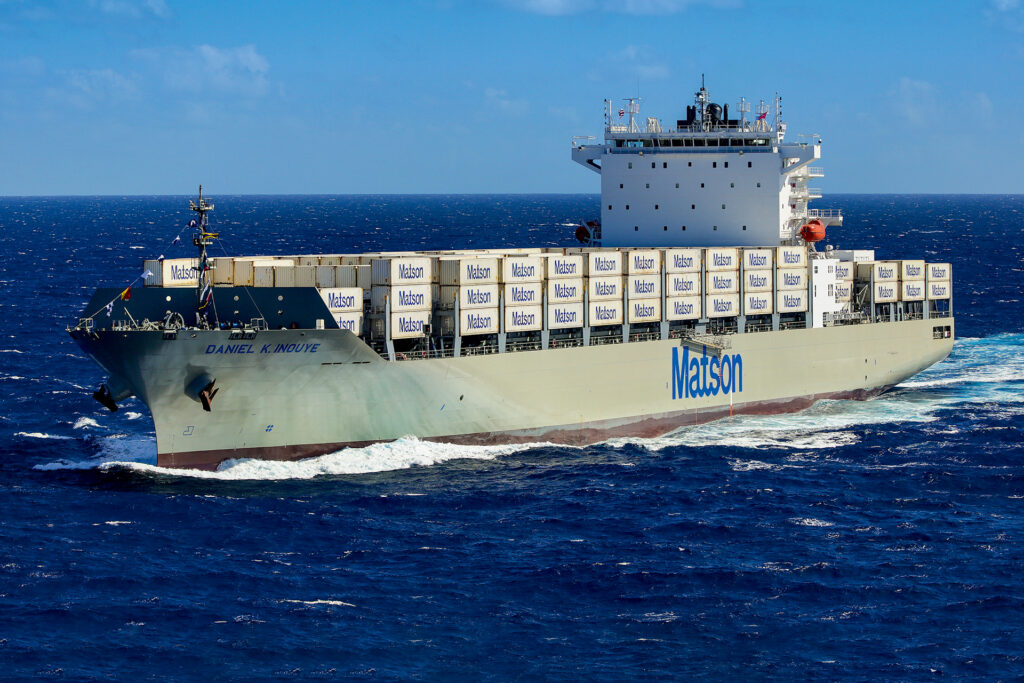
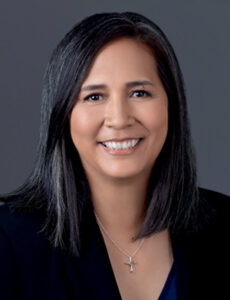
YOUNG BROTHERS
Two new barges will join Young Brothers LLC’s interisland fleet later this year.
“The Kalohi, a 286-foot-long barge, features ballast technology that can take on or release water to raise or lower the vessel to meet changing tidal conditions and weather conditions often present at [island] ports,” says Nalani Say, Young Brothers director of terminal operations.
“The Nāulu, a 350-foot-long barge, offers increased capacity to meet the growing demand for transporting goods across the islands,” she continues. “Both barges have five ramps across the barge, giving employees greater flexibility in safely loading and discharging cargo … and are part of our ongoing commitment to optimizing services and ensuring safe, reliable transportation for our communities.”
Recently, Young Brothers strengthened that commitment with the installation of a specialized $1.5 million mooring system at the Lāna‘i Port of Kaumālapa‘u.
“Challenging conditions, such as large swells, harbor surges and high winds regularly impact Kaumālapa‘u in the winter season and can prevent Young Brothers’ crews from safely unloading and loading cargo from the barge,” says Say. “The mooring system assists by using a series of four 100-ton bollards and ShoreTension units to manage tension on the mooring lines that safely hold a barge against the dock.
“The two units use the energy they store from the barge’s movement to automatically adjust the tension on the lines — loosening or tightening — as needed to keep the barge secure.
“As the only water carrier to serve Lāna‘i, we take seriously our kuleana to provide safe, reliable, frequent and affordable shipping to this rural community.”
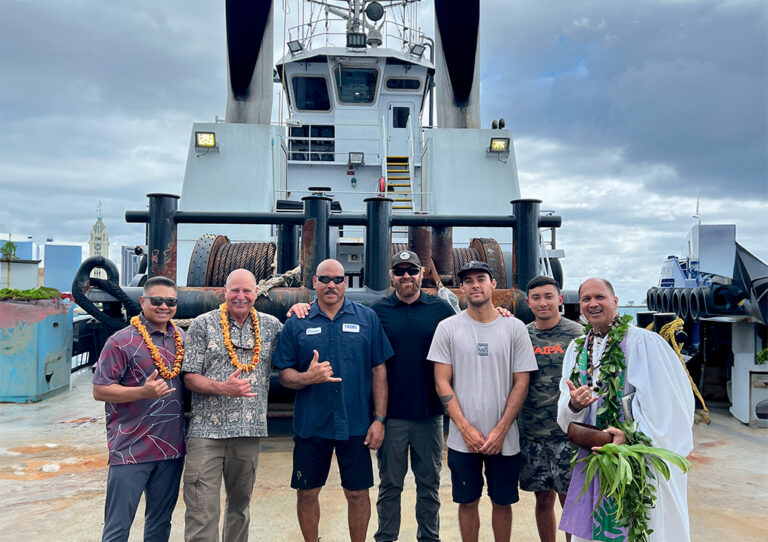
Young Brothers celebrates the addition of a new tugboat to its fleet.
PHOTO COURTESY YOUNG BROTHERS LLC
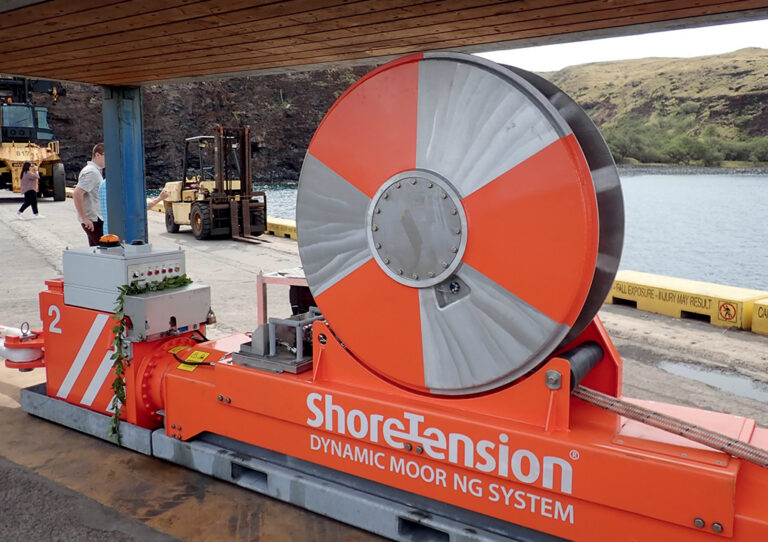
A new ShoreTension mooring system recently installed by Young Brothers at the La-na‘i Port of Kauma-lapa‘u secures vessels at the dock. PHOTO COURTESY YOUNG BROTHERS LLC
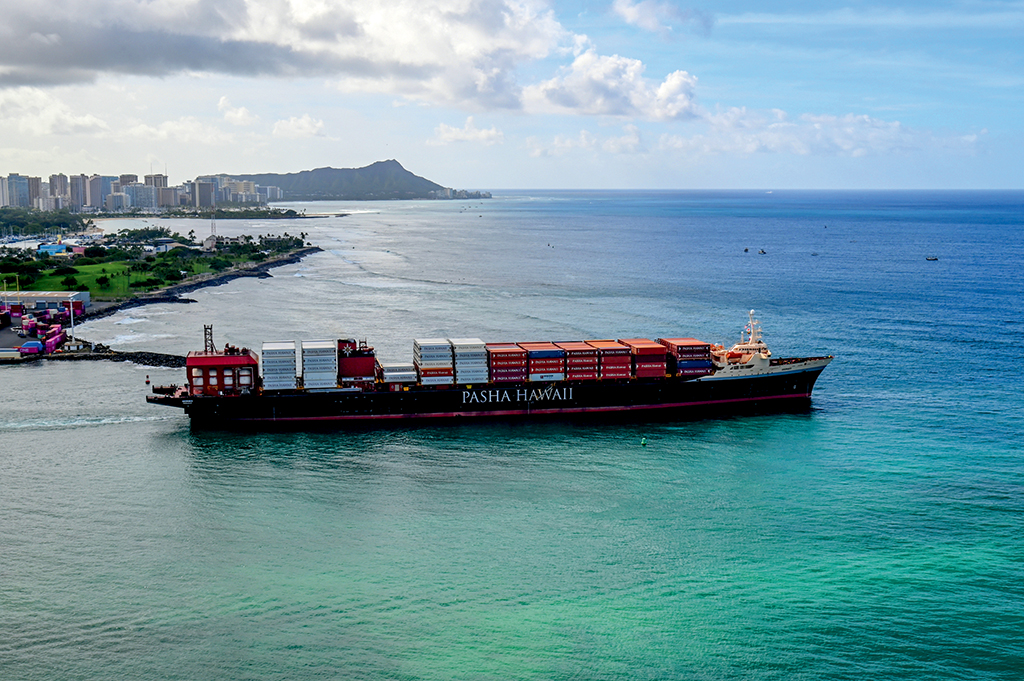
PASHA HAWAII
The islands’ second-largest carrier welcomed the MV George II into service in January. The MV George II is the world’s first container ship to convert from steam to LNG power and sails Pasha Hawaii’s trade lane between Long Beach and Honolulu.
Pasha Hawaii’s LNG-powered MV George III and MV Janet Marie container ships sail the carrier’s Long Beach/Honolulu/Oakland route and rotate weekly arrivals in Honolulu.
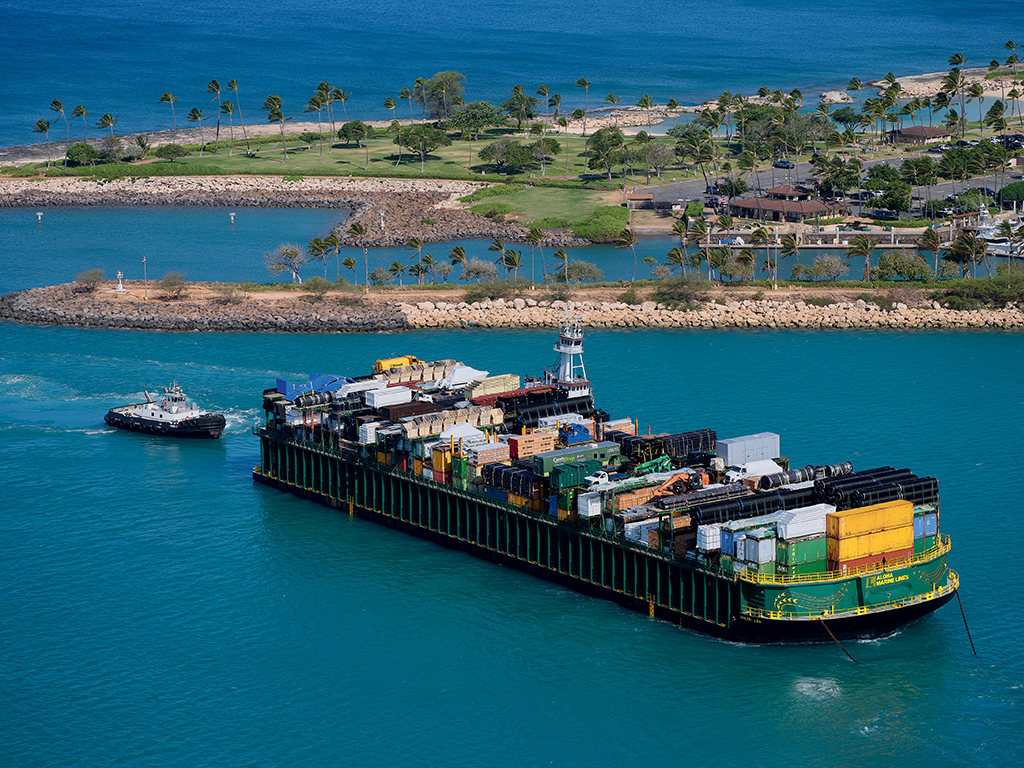

ALOHA MARINE LINES
The Makani Loa, Aloha Marine Lines’ new Makani Class barge, was completed in Portland, Ore., where it was launched March 2. A few weeks later it sailed from Seattle to join its sister barges Kamakani and Namakani in Hawai‘i.
Aloha Marine Lines (AML) provides bi-weekly barge service between the Pacific Northwest and Honolulu and is “part of the Lynden family of companies which provide transportation and logistics solutions in Hawai‘i and worldwide,” says Bret Harper, AML vice president of sales.
“We … coordinate inter-island services to the neighboring islands of Kaua‘i, Maui, Hawai‘i [island], Moloka‘i and Lāna‘i. Lynden companies also provide air and ocean forwarding between Hawai‘i and anywhere in the U.S. or internationally.”
Harper says AML’s Makani Class barges often deliver “building materials such as lumber and plywood products, roofing materials, pipe, wallboard, rebar and structural steel, in addition to machinery, office trailers, tower cranes and over-dimensional cargo needed to support projects.”
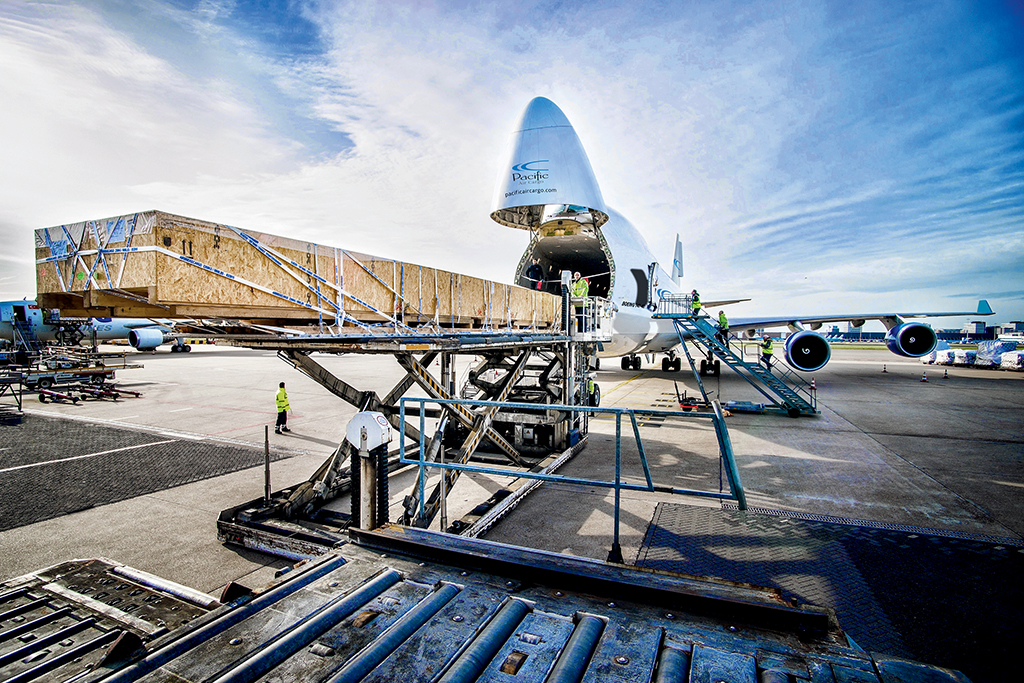
PACIFIC AIR CARGO
“Pacific Air Cargo (PAC) increased our schedule in July from six weekly B747-400 Freighter flights per week, to eight flights per week,” says Paul Skellon, PAC director of marketing, communications and public relations. “This will continue for the foreseeable future into 2025.”
Fifteen PAC Boeing 747-400F Nose-loader aircraft transport cargo between Hawai‘i, the continental U.S. and the Pacific. PAC’s road feeder service (RFS) provides “consistent and dependable connections between road and air transport,” Skellon says, and is in more than 150 terminals across the U.S. including San Francisco, Las Vegas, Reno, Phoenix, Dallas, Chicago, Atlanta, New York and Miami.
In 2025, PAC plans to expand its RFS network, upgrade its cargo-handling infrastructure, increase its cargo capacity for larger construction volumes, install advanced tracking systems and reinforce customer support and logistics.
Surveying PAC’s growing capacity, Skellon could also be speaking for other Hawai‘i carriers when he says, “We look forward to playing a key role in the successful delivery of construction materials and building freight in the coming years.”

